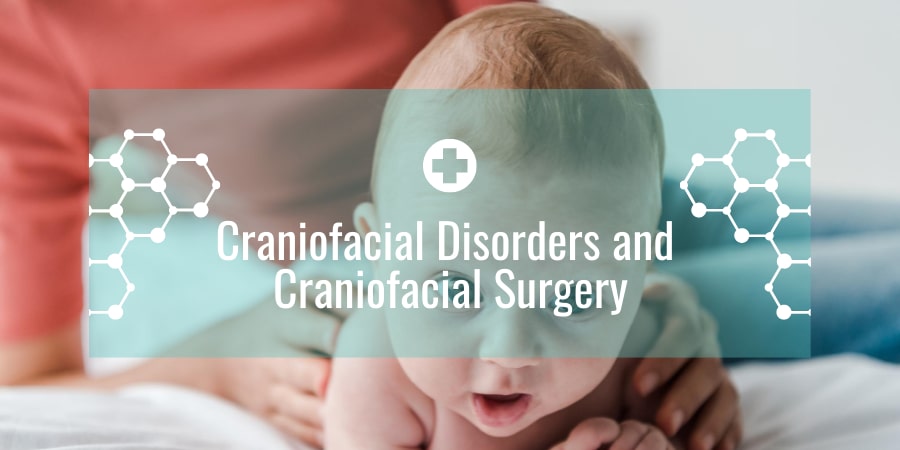Craniofacial disorders can cause dysfunction or affect appearance which condition can be improved by plastic and reconstructive craniofacial surgery.
The most common craniofacial disorders include:
- Apert Syndrome – Crowning of the scull, narrow palate, hand abnormalities.
- Cleft lip and palate – Can result in feeding, breathing, dental anomalies, speech difficulties.
- Craniofacial cleft
- Craniosynostosis – Premature fusion and consolidation of the skull plates resulting in abnormal brain growth, asymmetrical facial bones due to increased pressure
- Crouzon syndrome – Characterized by high, wide forehead, underdeveloped upper jaw and protruding eyeballs.
- Hemangioma – A marked red protruding or flat blemis, it is the most frequent benign tumor in children.
- Hypertelorbitism – Results in abnormally big distance between two parts of the face (e.g.: eyes).
- Malocclusion – It is the abnormal contact of the upper and lower teeth.
- Platybasia – The occipital bone and the cervical spine are badly connected.
- Treacher Collins Syndrome
Craniofacial Surgery
It is a sub-branch of plastic surgery that aims to treat congenital and acquired abnormalities of the skull and face, their bones, muscles, skin and teeth. These surgical procedures are recommended to perform at an early age to prevent brain damage, further abnormal growth, speech and breathing difficulties and potential neuro-psychological problems.
Craniofacial surgery also addresses tumors and traumas suffered on the skull and face by children and adults.
In case of children the operation is usually performed with the combined efforts of a pediatric neurosurgeon and a craniofacial surgeon.
Nowadays the outlook of children with craniofacial disorders is much brighter in aesthetic, functional and socio-psychological term.
